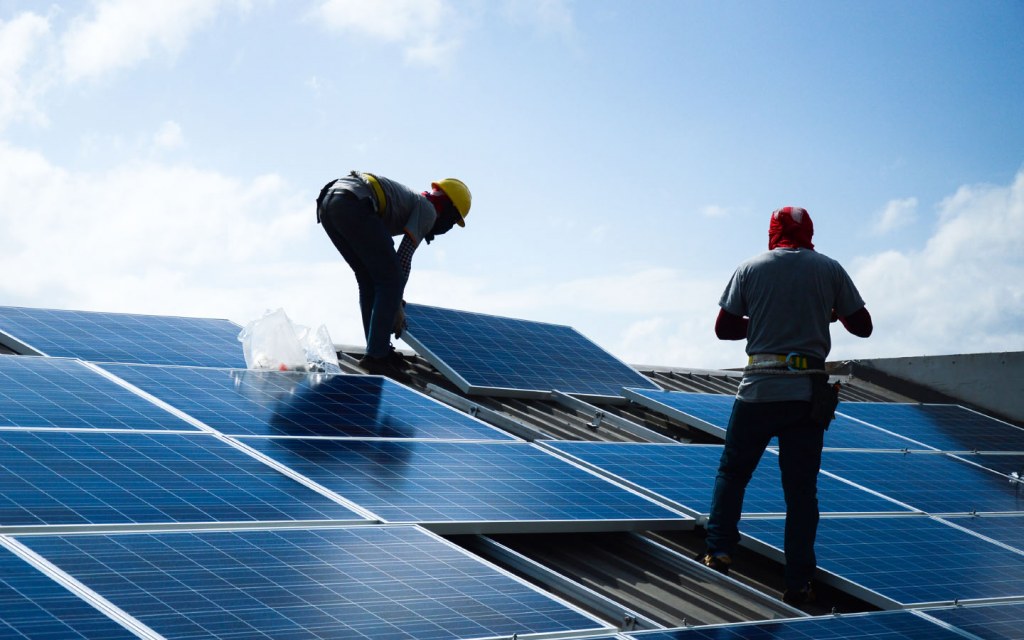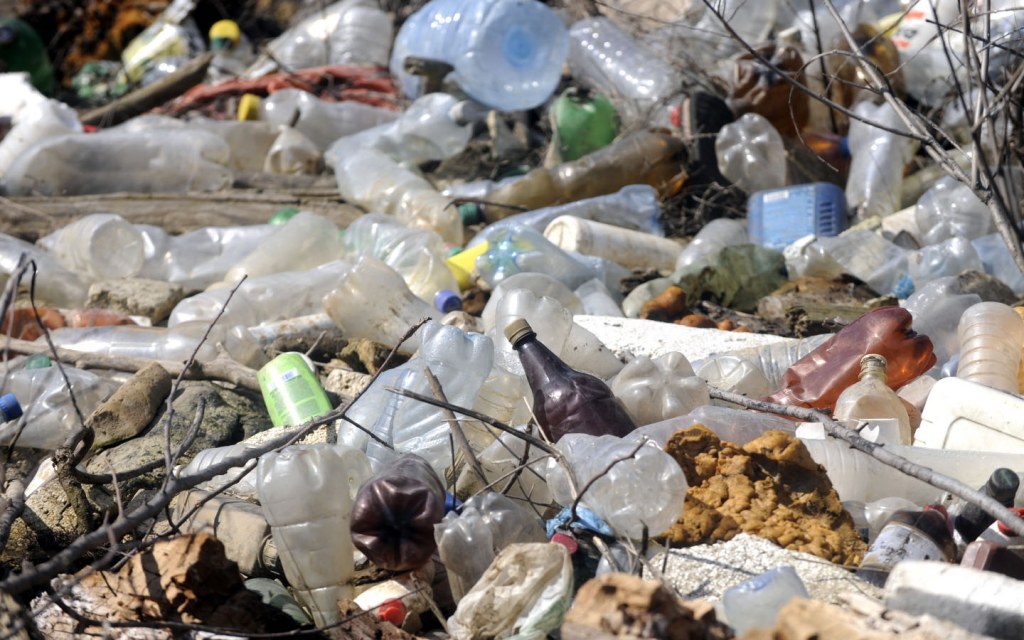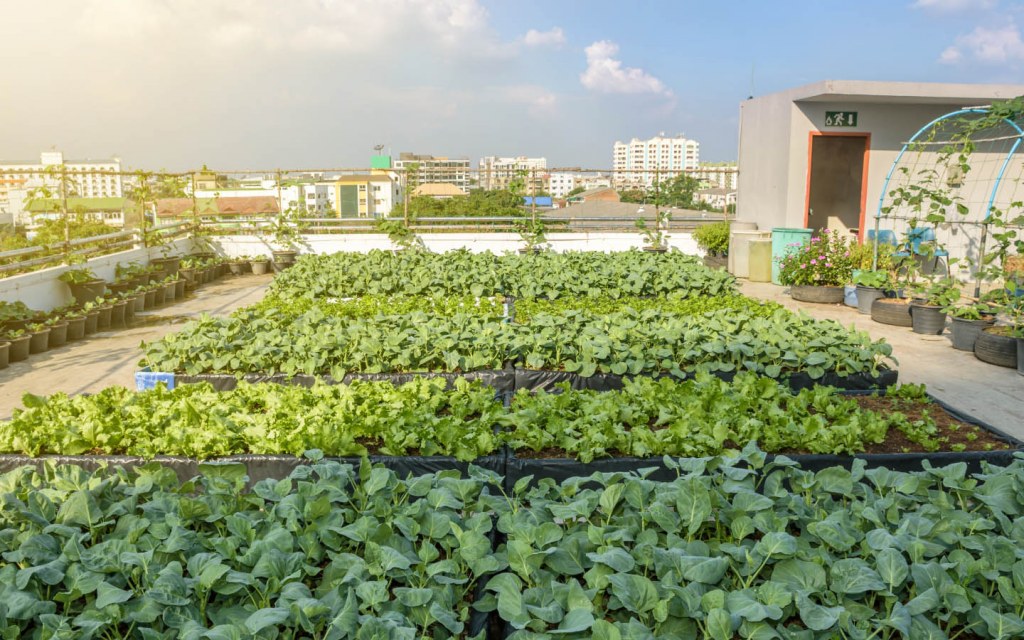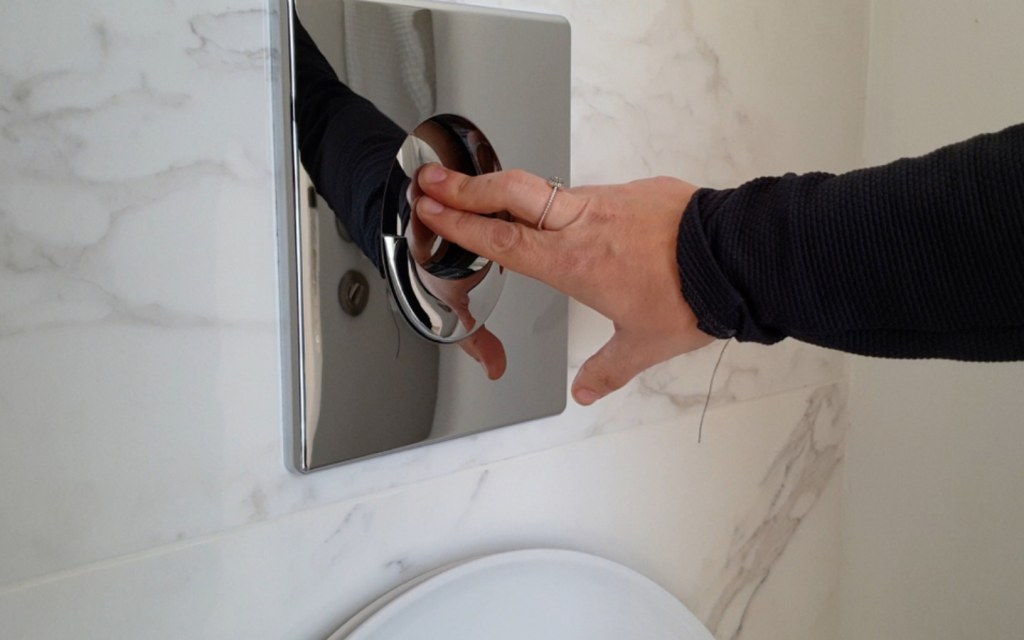Home » Construction » Here’s How to Build an Eco-Friendly Home
People generally think that going green means adopting a costlier lifestyle. However, quite contrary to this widespread misconception, there are plenty of easy and economical adjustments you can make to minimise your carbon footprint. If you have decided to champion the cause of going green, then you need to adopt eco-friendly ways at all levels – from routine jobs like cooking and cleaning to home improvement tasks or even when you are building a home. In this blog, we will specifically discuss how you can build an eco-friendly home on a budget.
Some Cost-Effective Ways to Build an Eco-Friendly Home
There are plenty of ways with which you go from constructing a not-so-eco-friendly house to developing an eco-friendly home, and that too without going over your budget and without compromising on any essentials or luxuries. Whether it is buying land, choosing the construction material, selecting the right paint, laying down wiring or installing windows – each and every step in the home construction process impacts the environment, some positively while others negatively.
So, if you have made the smart choice of building a home that doesn’t adversely affect the home of 7 billion people and billions of other species, then keep the pointers mentioned below in mind to make sure that you are building an eco-friendly home:
- Choosing a location for your property
- Select sustainable building materials
- Go solar
- Landscaping
- Using plastic as building blocks
- Rooftop garden
- A properly sealed duct system
- Insulate your home
- Dual-flush toilets
- Using recycled material wherever you can
We’ll now discuss each of the points mentioned above in detail so you can have a better idea about the many benefits of building environmentally-friendly homes.
Choosing a location for your property
First things first. You need to have a piece of land to build a house on it. So, what does being eco-friendly have to do with buying a plot? To answer your question, let us take the help of an example. If you are planning to invest in a mountainous area, it is quite likely that the hilly terrain would first need to be levelled – which means hurting the natural environment. Even if you have to build a house in a mountainous area, make sure to choose an architectural design that involves less rock blasting so that you don’t have to alter the natural environment much.
Moreover, try not to build a west-facing home as it can bring in more sunlight, and hence, it would require considerably more efforts to keep the house cool during summers. Also, check if the area that you are choosing has easy access to public transportation, and the local grocery store is not too far away. This convenience translates into not taking out your car or bike every time you need something. For this, you can always take a look at Zameen area guides, which encompasses every big and small detail about a particular location.
Select sustainable building materials
Anything that can help your home become energy-efficient and leave a smaller impact on the environment should be your default choice when identifying eco-friendly ways in house construction. So, for instance, use natural stones to build the exterior wall since it requires less home maintenance and is more sustainable. In fact, every component of your home, such as insulation, rooftop, walls, and flooring should be environment-friendly. You can make use of reclaimed wood, recycled glass, and opt for natural alternatives like straw to make thatched roofs. Similarly, going solar is another option to make your home more energy-efficient.
Go solar

Installing a solar panel in your house will go a long way in laying the foundation of an eco-friendly home. By going solar, you can shrink your carbon footprint, help reduce greenhouse gas emissions, and also reduce the overall demand for fossil fuels.
Nothing is better than using the abundant, natural sunlight to light bulbs and power fans in your house. Apart from the initial capital investment needed to install a solar-powered system, there are no additional costs to using the solar-powered energy in your home. Besides, it will lower your electricity bills, especially during summers.
Landscaping
Planting trees at the south and west of your house can keep your abode a lot cooler than you think. It will help block the sunlight from falling directly on the windows, or on the walls of your house. This will significantly lower the temperature in the house.
During the winter, when trees shed their leaves, you can enjoy direct sunlight flooding your house, keeping it warm. So, smart planning in home construction will pay you greater rewards – lower dependence on heating and cooling systems, maximising the use of natural resources like sunlight and wind, and lowering your electricity bills and other associated expenses.
Using plastic as building blocks

You can actually create bricks from plastic water bottles! Since the recent ban on using plastic bags has been enforced in Pakistan, this can perhaps be a good alternative to make use of the innumerable polythene bags still fluttering everywhere. How is it made? Fold and stuff polythene bags inside plastic bottles. Then these plastic bottles are stacked together to take the form of a block. This will convert plastic bottles ending up as trash on landfill sites into useful and cheap construction material.
Rooftop garden

Setting up a rooftop garden will also help you reduce your carbon footprint. There is no better way of helping the environment than by having your own green space and that too on your rooftop. Apart from the beautiful décor a rooftop garden gives, it provides a natural habitat for birds and butterflies – adding to the natural beauty. Moreover, having a rooftop garden will also make you think about creative ways to use rainwater. But the most energy-efficient advantage a rooftop garden brings is that it provides superb insulation.
A properly sealed duct system
Talking about insulation, remember to seal the air ducts to save more energy. If you have a centralised heating or cooling system installed, you must seal those air ducts. Why? Because a leaky duct is like blowing air through a straw with holes in it. Most of the air would be lost through the holes in the perforated straw. The same is the case with air ducts. If they have not been properly sealed, they can reduce the heating and cooling system’s efficiency by more than 20 percent. So, sealing and insulating the ducts will help lower your energy bills and increase the efficiency and life of the cooling or heating system.
Insulate your Home
It is equally important to have your house adequately insulated to conserve energy and to lower the dependence on electrical appliances. Don’t allow the heating or cooling in your home to escape through windows and ducts. If you want to insulate your window the DIY way, then cut out some rubber strips from the leftover construction scraps and paste them at the sides of the windows with glue so that the cool or hot air doesn’t escape through. You can also look for more ways to properly insulate the entire house. Opt for these home insulation techniques to save energy costs.
Dual-flush toilets

Everybody knows it – there is a severe water shortage in the world. What better way to combat water scarcity by installing dual-flush toilets. This is one of the best features of an eco-friendly house. A normal flush uses around 6 gallons of water. It would waste a lot of this precious natural resource just to discard liquid waste. So, it is best to install a dual-flush system to conserve water. You can also check out some more ways to conserve water at home. And yes, a leaky faucet is a complete no-no. So, make sure to install a good plumbing system in your home when building an eco-friendly home.
Using recycled material wherever you can
Some of the best eco-friendly home-building ideas involve using recycled and reusable construction material. You will be amazed at the number of ways by which you can make use of the leftover construction scraps. Make wooden shelves out of the leftover wooden tiles. You can also use sarya (iron rods) in the garden. Dig them in the soil of fruiting trees. This will help replenish the much-needed iron in the soil.
We are waiting for you to share your innovative ideas at blog@zameen.com. In case you are looking for a few tips and tricks to cut down construction costs when building your dream home, then do read our detailed piece on tips to build a home on a budget. For more informative posts, stay tuned to the best real estate blog in Pakistan – Zameen Blog.



